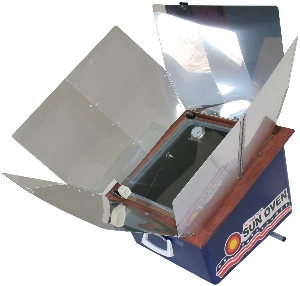It’s hard to believe that I’m already six months into my 11
month AmeriCorps experience. It seems like just yesterday that I left my roots
behind in Indiana and made the long road trip to California. So much has
happened in the last six months. I've met so many people here, some of which I’m
certain I’ll always have a connection with.
I've learned so much about how a
large non-profit organization such as the American Red Cross works, and that it
couldn't be done without all of the hard work that each and every person
involved puts into it. On top of that, I've learned a lot about myself as a
person. I’m a leader, and I can also work well and accomplish great things with
a group. I’m very organized, and I’m a confident presenter to the point that I
now look forward to speaking in front
of large groups of people. I never thought those words would come out of my mouth! However, I've learned that public speaking is easy when you're speaking on a topic that is important to you and important to the mission itself.
I've been all over Kern County, speaking to various groups of people about disaster preparedness. A grant from Kern Public Health has allowed me to reach out to communities all over the county and present our Be Red Cross Ready material. At each presentation, 10 basic preparedness kits and 1 large 3-day preparedness kit are raffled off for participants to take home. These people leave with valuable knowledge and tangible materials that could be used in case of a disaster. How awesome is that!? So be on the look-out Kern, if I haven't been to your community yet, I will be soon enough!
All of this learning and it's only been six months. There must be so much more in store for us AmeriCorps in the Central Valley Region. I'm really looking forward to the next 5 months! Ready, set, go!
Stay tuned...
Samantha Minks
Preparedness Coordinator
AmeriCorps NPRC 2013-2014
American Red Cross - Kern Chapter
samantha.minks@redcross.org






